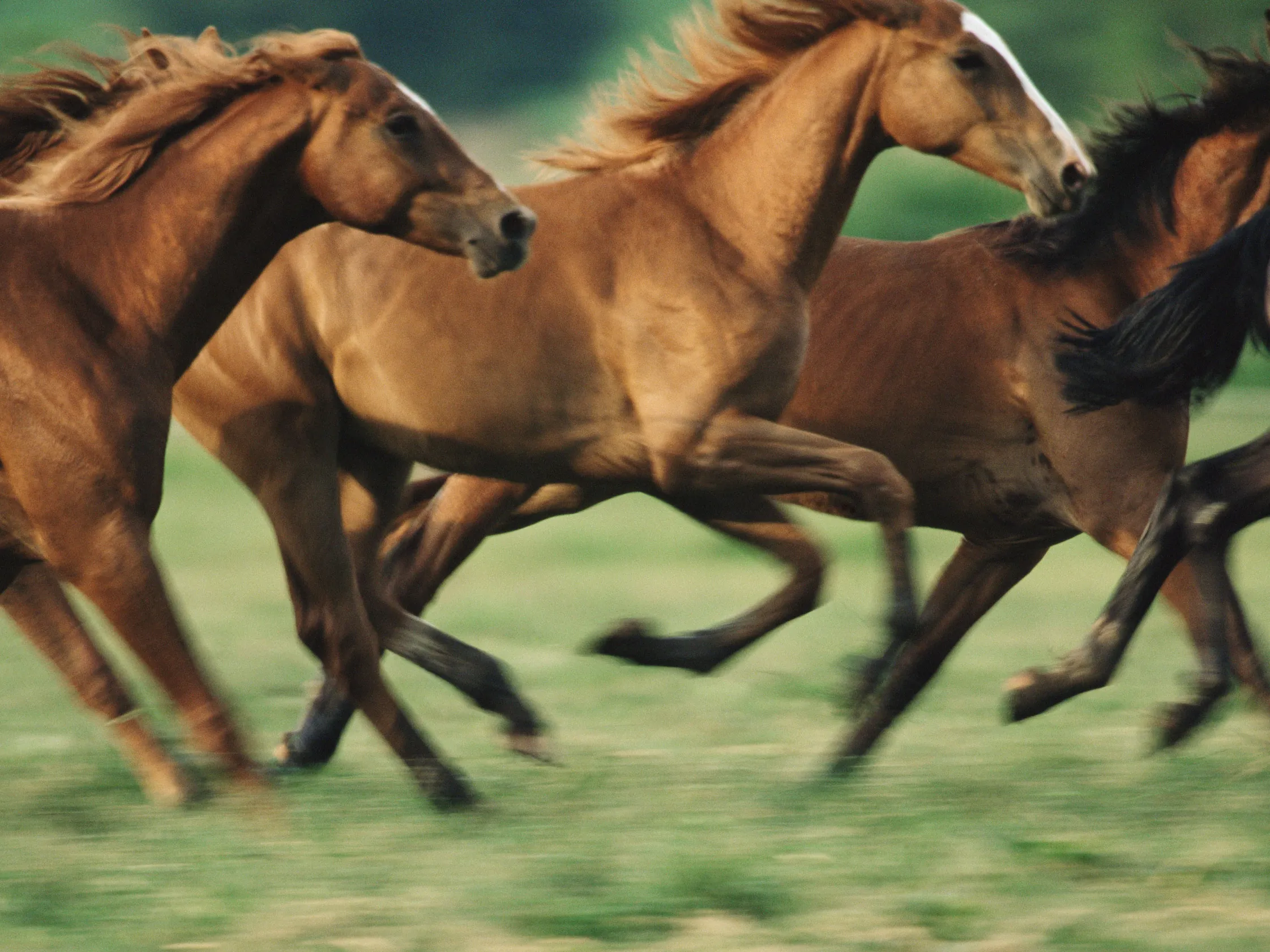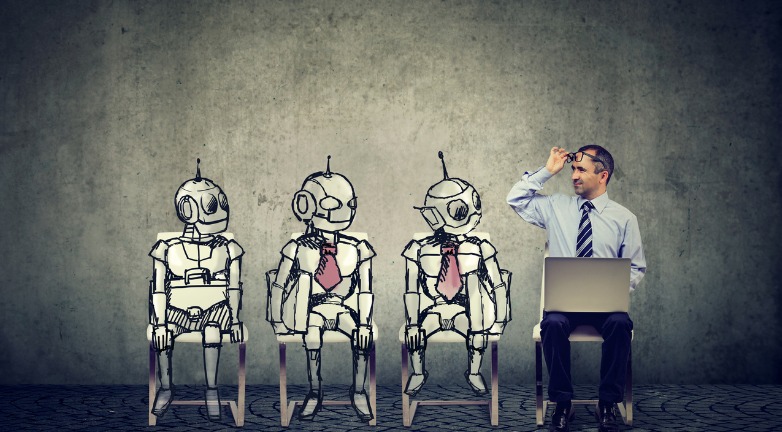
Now that this course is coming to an end, as I sit and type this I reflect back to all of the things that I’ve learned. For starters the class subject as a whole was something new to me. I was familiar with the cyberpunk genre, but I wasn’t too well versed in it because it’s not a genre I commonly strive to watch, read, etc. However, the different facets of this genre was interesting to learn about as well as tying it into the postglobal posthuman aspect. Two terms I had nooo idea about!
As we go further into the future, as it relates to human augmentation, I don’t think there’ll be full on cyborgs like it’s normally depicted within the cyberpunk genre, but I think we’ll get pretty close. With the rise of AI and prosthetics for those who are missing limbs, I can see the future of prosthetics being super high tech to the point where the prosthetic will be so advanced that it’s completely like the limb that was lost. However, I see it just functioning like a normal limb, not something that can turn into a knife, sword, or bazooka gun, or toaster to help someone toast bread while on the go LOL!
If in the future there are more creations that can be integrated with humans, I don’t think I’d do it. It sounds scary, and I think I’m fine the way I am. Fortunately for me, besides prosthetic limbs, I don’t see the future being too crazy when it comes to human augmentation. However, I am currently seeing all sorts of new things about robots. On X, formully known as twitter, I’ve been seeing a whole lot about the Tesla Robot. And from the knowledge of the few films I’ve seen, getting too involved with robots usually ends up in a robot takeover. So hopefully this invention doesn’t flourish.




